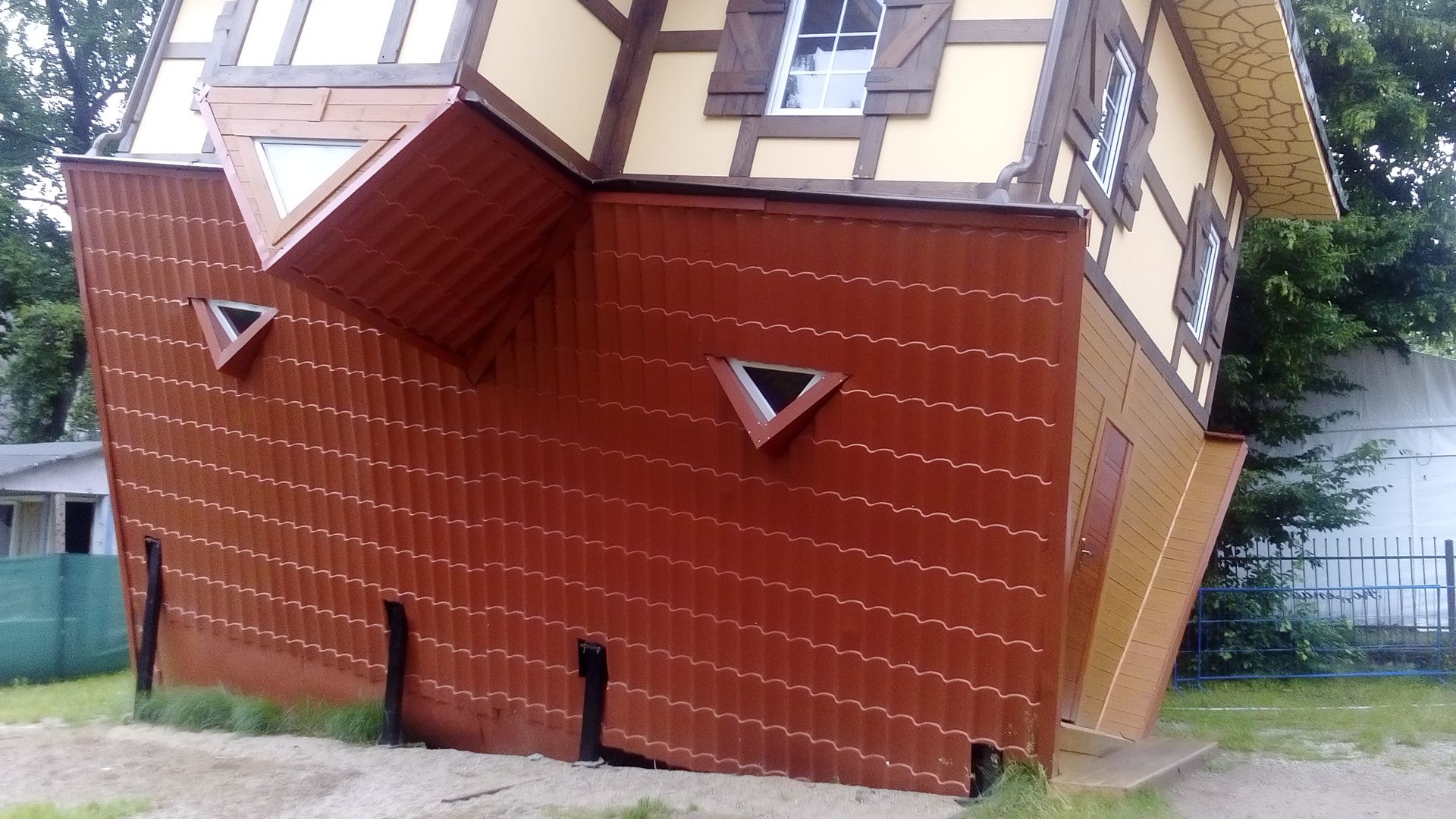Jastrzębia Góra
6.13

Overview
Jastrzębia Góra is a seaside resort village located in the Pomeranian Voivodeship, within the municipality of Władysławowo, on the Baltic Sea coast. It is the northernmost settlement in Poland, characterized by its cliff-lined coastline and numerous tourist attractions. During the summer season, the village becomes a popular holiday destination, offering three designated sea bathing areas. Jastrzębia Góra is also the seat of the Parish of St. Ignatius Loyola.
Historically, the name "Jastrzębia Góra" emerged in the 20th century after the end of World War I, when the area began to develop as a recreational destination. In the past, these lands were nothing more than barren pastures for geese. Jastrzębia Góra boasts a rich archaeological heritage; discoveries of skeletal remains indicate human presence as early as the Mesolithic period and the Iron Age.
Among its architectural highlights are interwar-period buildings, including villas and holiday homes such as "Czajka" and "Marysia," which attract attention due to their historical value. The village also features the "Upside-Down House," a popular tourist attraction. Additionally, the Lisi Jar ravine with its monument commemorating King Sigismund III Vasa, and the "Northern Star" landmark—marking the northernmost point of Poland—are frequently visited sites.
Jastrzębia Góra offers hiking and horseback riding trails, as well as paragliding opportunities, making it appealing to both tourists and enthusiasts of active recreation. In terms of nature conservation, many areas surrounding the village are protected under special conservation zones, highlighting their ecological value.
Location
You can also find here:
2025 Wizytor | All Rights Reserved
